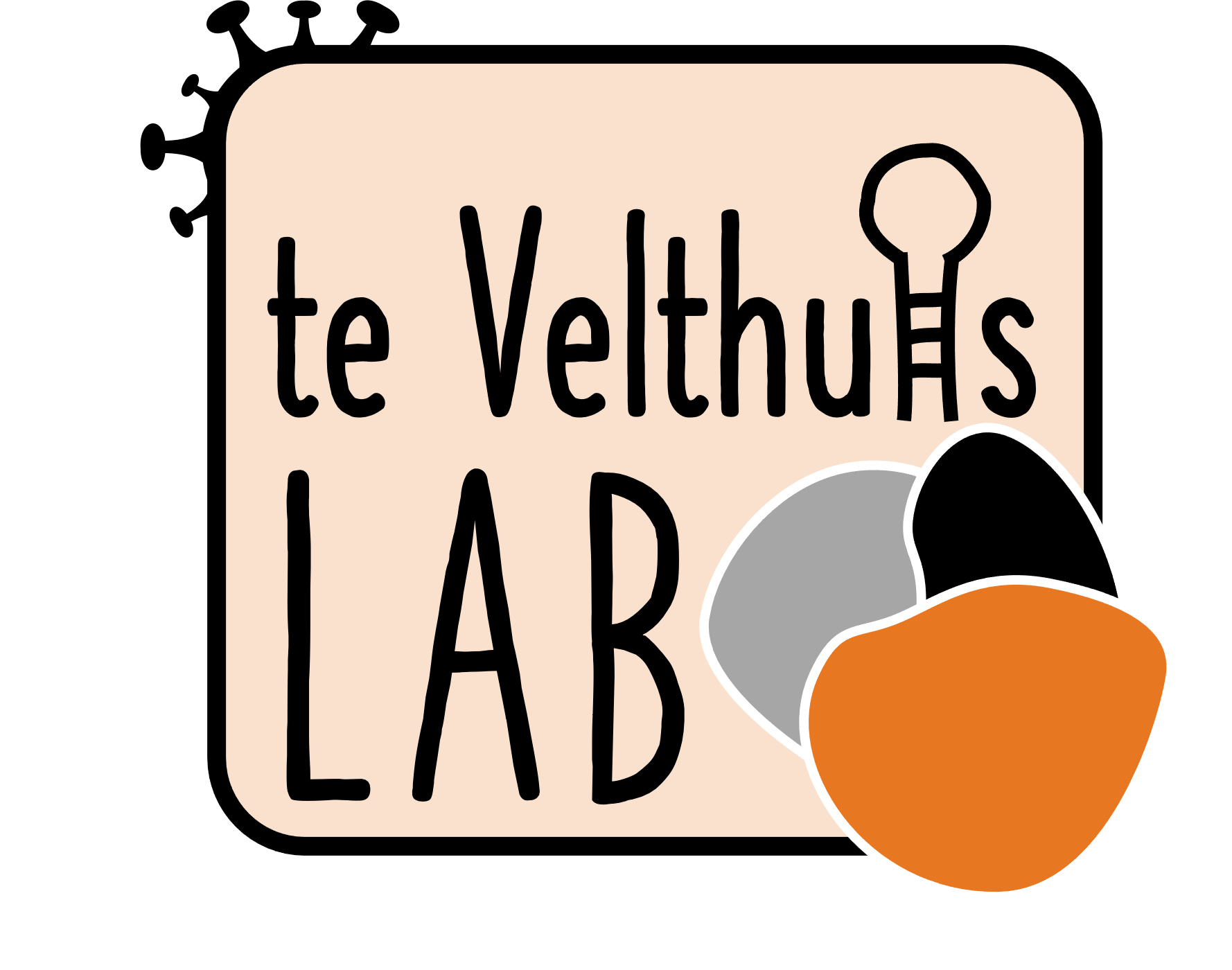A Mechanism for Priming and Realignment during Influenza A Virus Replication
Publication Year
2018
Type
Journal Article
Abstract
The influenza A virus genome consists of eight segments of single-stranded RNA. These segments are replicated and transcribed by a viral RNA-dependent RNA polymerase (RdRp) that is made up of the influenza virus proteins PB1, PB2, and PA. To copy the viral RNA (vRNA) genome segments and the cRNA segments, the replicative intermediate of viral replication, the RdRp must use two promoters and two different initiation mechanisms. On the vRNA promoter, the RdRp initiates on the 3' terminus, while on the cRNA promoter, the RdRp initiates internally and subsequently realigns the nascent vRNA product to ensure that the template is copied in full. In particular, the latter process, which is also used by other RNA viruses, is not understood. Here we provide mechanistic insight into priming and realignment during influenza virus replication and show that it is controlled by the priming loop and a helix-loop-helix motif of the PB1 subunit of the RdRp. Overall, these observations advance our understanding of how the influenza A virus initiates viral replication and amplifies the genome correctly. Influenza A viruses cause severe disease in humans and are considered a major threat to our economy and health. The viruses replicate and transcribe their genome by using an enzyme called the RNA polymerases. To ensure that the genome is amplified faithfully and that abundant viral mRNAs are made for viral protein synthesis, the RNA polymerase must work correctly. In this report, we provide insight into the mechanism that the RNA polymerase employs to ensure that the viral genome is copied correctly.
Keywords
Journal
J Virol
Volume
92
Issue
3
Date Published
02/2018
ISSN Number
1098-5514
Alternate Journal
J Virol
PMID
29118119

